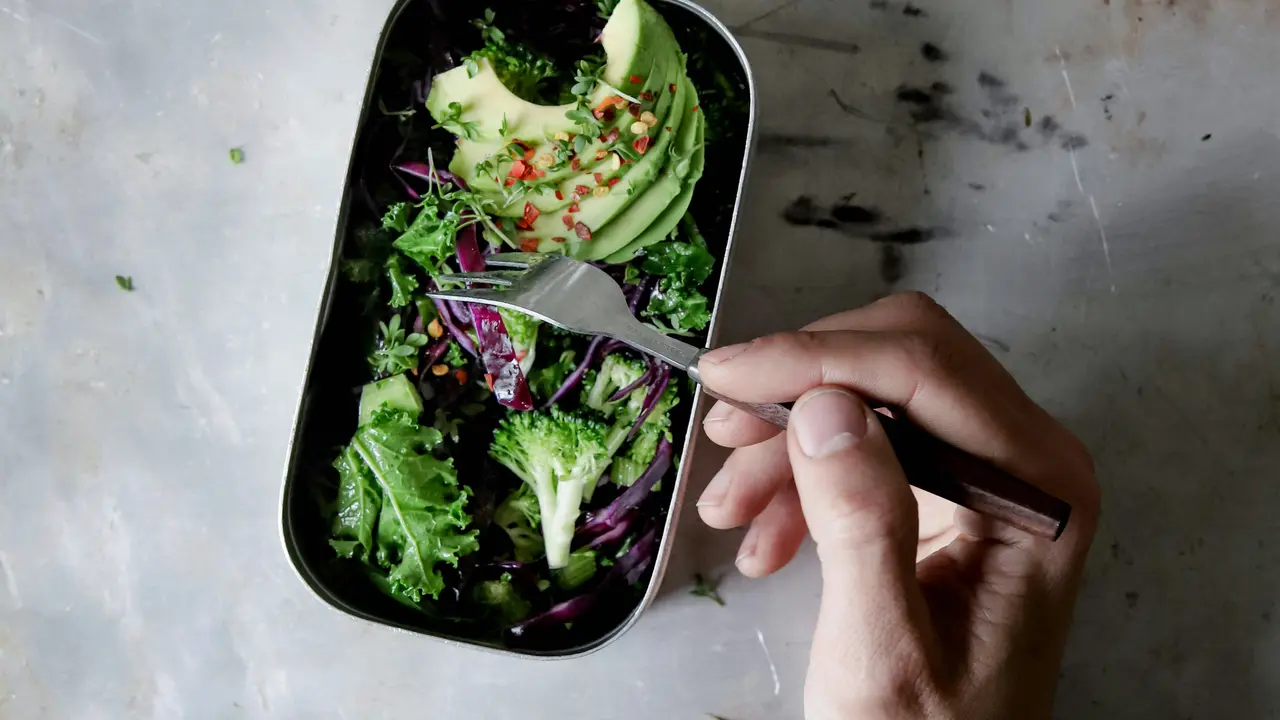Have you ever wondered, “is sugar a compound or mixture?” It’s a question that may seem simple, yet it unveils the fascinating world of chemistry and food science. In this article, we’ll explore the nature of sugar, its composition, and clarify whether it is classified as a compound or a mixture. Let’s dive into the sweet truth!
Understanding Sugar: Is It a Compound or Mixture?
The Basics of Sugar
Sugar, commonly found in various forms such as granulated, powdered, and brown, is primarily composed of sucrose. Sucrose is a carbohydrate that is obtained from plants like sugar cane and sugar beets. To answer the question, “is sugar a compound or mixture,” we first need to look at what makes sugar unique.
What Are Compounds and Mixtures?
Before we categorize sugar, it’s essential to understand the difference between a compound and a mixture:
- Compound: A substance formed when two or more elements are chemically bonded together. Compounds have a fixed ratio of elements and properties distinct from the individual elements.
- Mixture: A combination of two or more substances that retain their individual properties. Mixtures can be homogeneous (uniform composition) or heterogeneous (distinct components).
Is Sugar a Compound?
The Chemical Composition of Sugar
Sugar is primarily made up of sucrose, which consists of two simpler sugars: glucose and fructose. These components are chemically bonded through a glycosidic linkage, which makes sucrose a compound. When we refer to sugar in our daily lives, we are most often talking about this compound form.
Properties of Sucrose
As a compound, sucrose exhibits specific properties:
- It has a definite chemical formula, C12H22O11.
- It has unique physical properties like a sweet taste and solubility in water.
- It cannot be separated into its components by physical means; instead, it would require a chemical reaction to break it down into glucose and fructose.
Is Sugar a Mixture?
Complexities of Sugar Variants
While pure sucrose is indeed a compound, many sugar products can contain mixtures. For example, brown sugar is a mixture of sucrose and molasses, while confectioner’s sugar may contain cornstarch as an anti-caking agent.
Understanding Mixtures in Sweeteners
In the context of sweeteners, let’s explore a few types:
- Granulated Sugar: Mostly pure sucrose, but can contain minor impurities.
- Brown Sugar: A mixture of sucrose and varying amounts of molasses.
- Powdered Sugar: A mixture that often includes cornstarch to prevent clumping.
Comparative Analysis: Sugar vs. Other Substances
Sugar vs. Salt
To further clarify our investigation into “is sugar a compound or mixture,” let’s compare sugar to another common substance: salt. Table salt (sodium chloride) is a compound formed by the chemical bonding of sodium and chloride ions, distinctly different from sugar’s mixture scenario.
Sugar and Artificial Sweeteners
Artificial sweeteners, such as aspartame, present a different case. These are often individual compounds that contribute sweetness without the caloric load of sugar, highlighting the distinction between sugars and synthetic alternatives.
Conclusion: The Sweet Truth Revealed
In summary, sugar is primarily categorized as a compound, specifically sucrose, which is chemically composed of glucose and fructose. However, variations in sugar, such as brown and powdered sugars, can represent mixtures. Understanding these concepts not only satisfies our curiosity about “is sugar a compound or mixture,” but also aids in making informed choices about our diet. If you found this exploration enlightening, consider sharing this article or checking out our other insightful pieces on the chemistry of food!
Sugar – Recent Articles
- Is Sugar Dissolving in Water a Chemical Change? Find Out!
- How to Make Glaze Icing Without Powdered Sugar: Easy Tips!
- Do I Have to Take the Sugar Pills in Birth Control?
- Why Do I Crave Sugar After Dinner? Discover the Surprising Reasons!
- What Vitamin Deficiency Causes Sugar Cravings? Find Out!
Sugar – Useful Links
- DC – Get the Facts: Added Sugars
- American Heart Association – Added Sugars
- Harvard T.H. Chan – Added Sugar in the Diet
- MedlinePlus – Sweeteners – sugars
- NIDDK – Healthy Living with Diabetes
